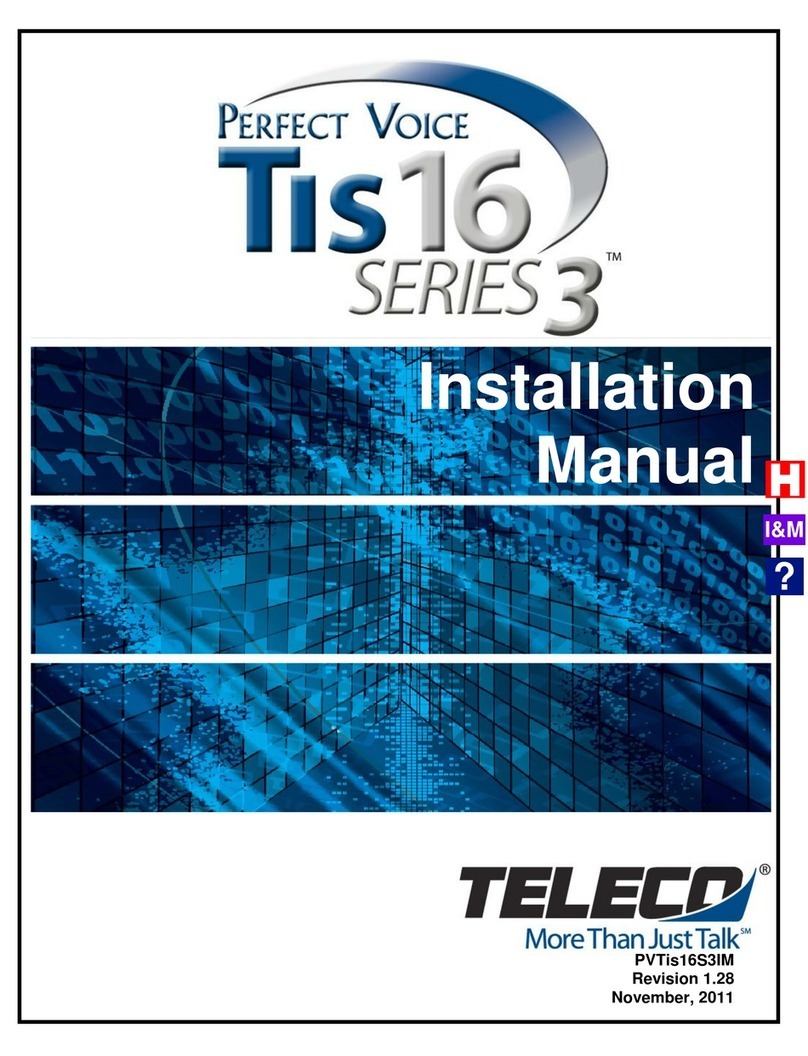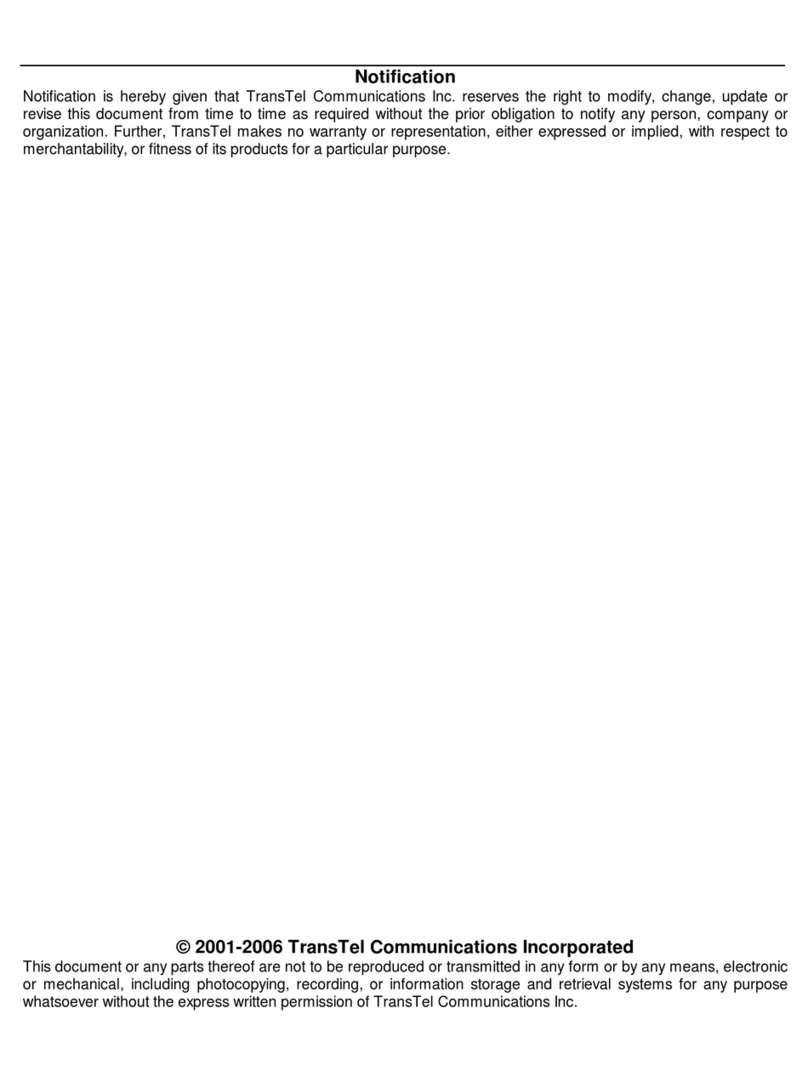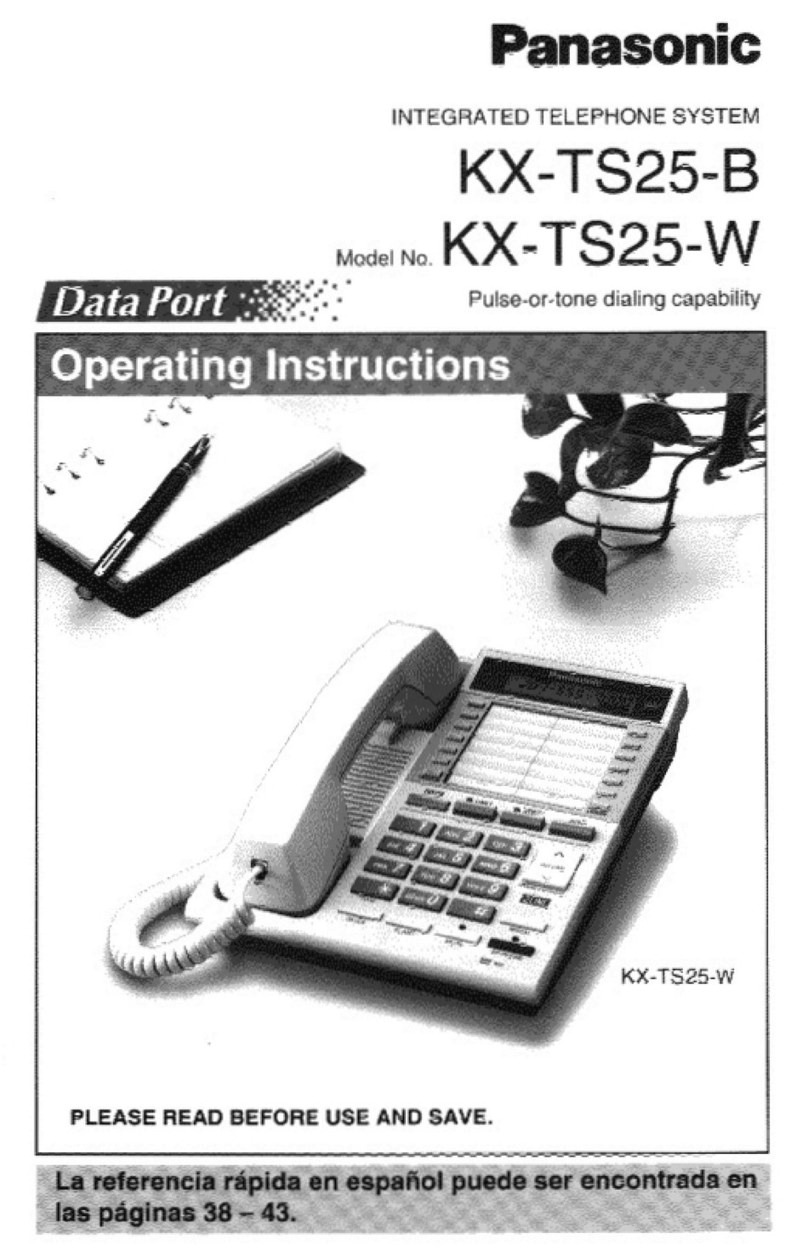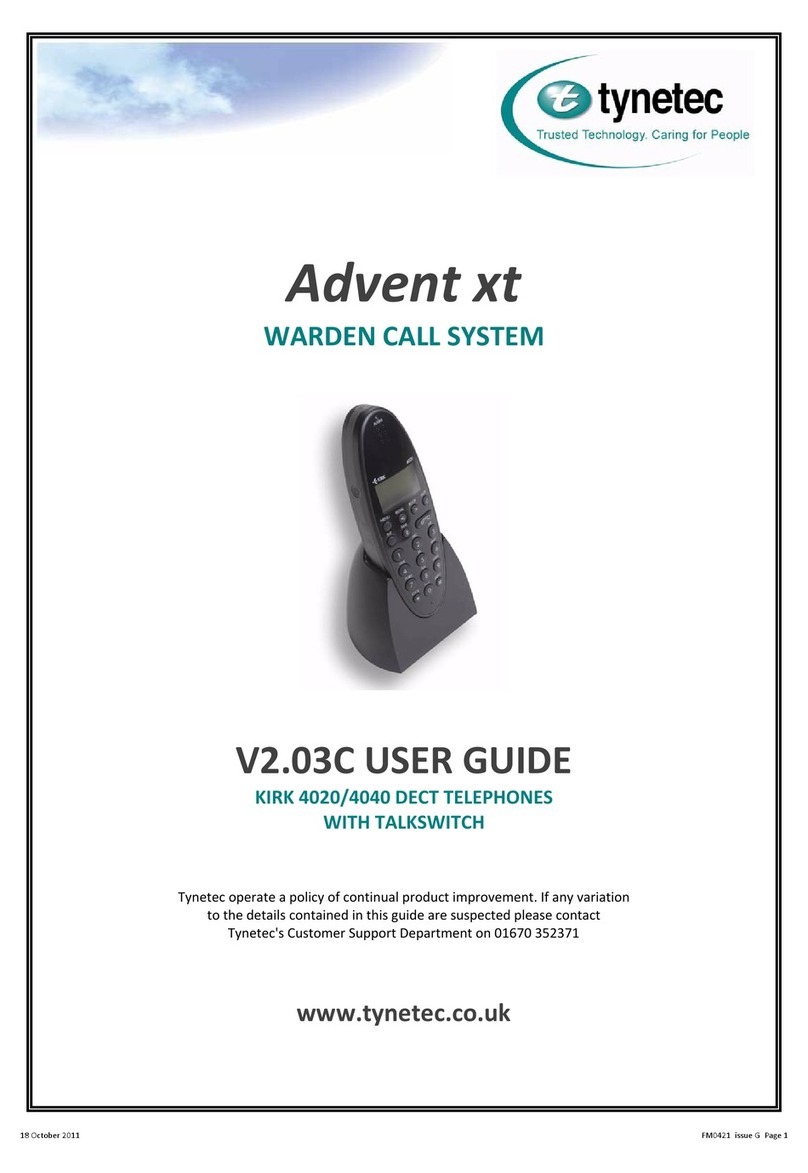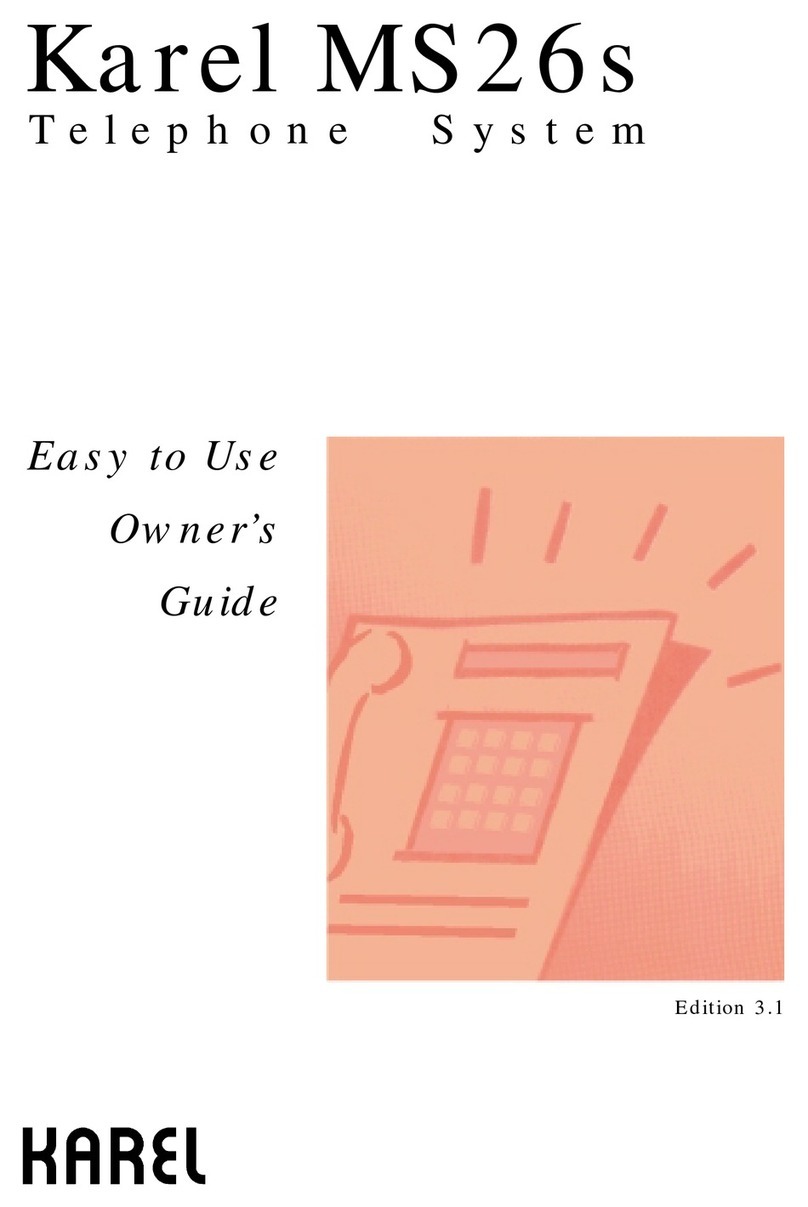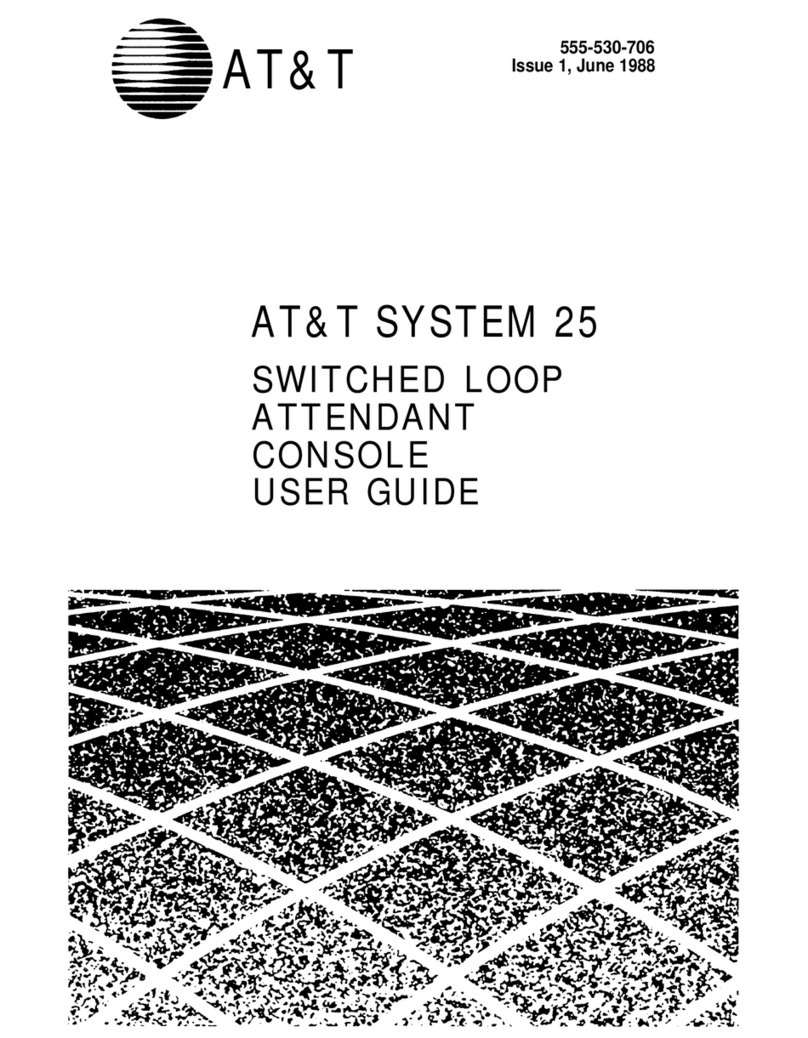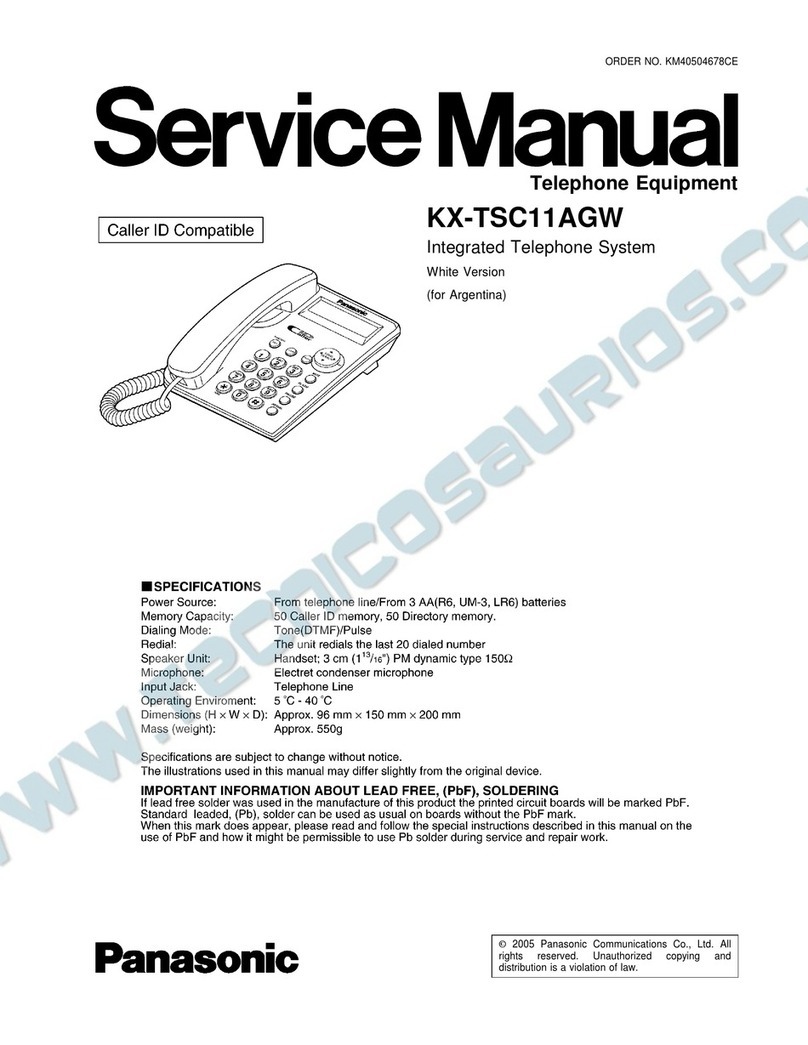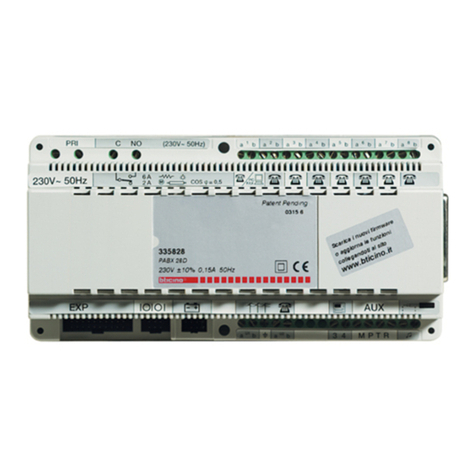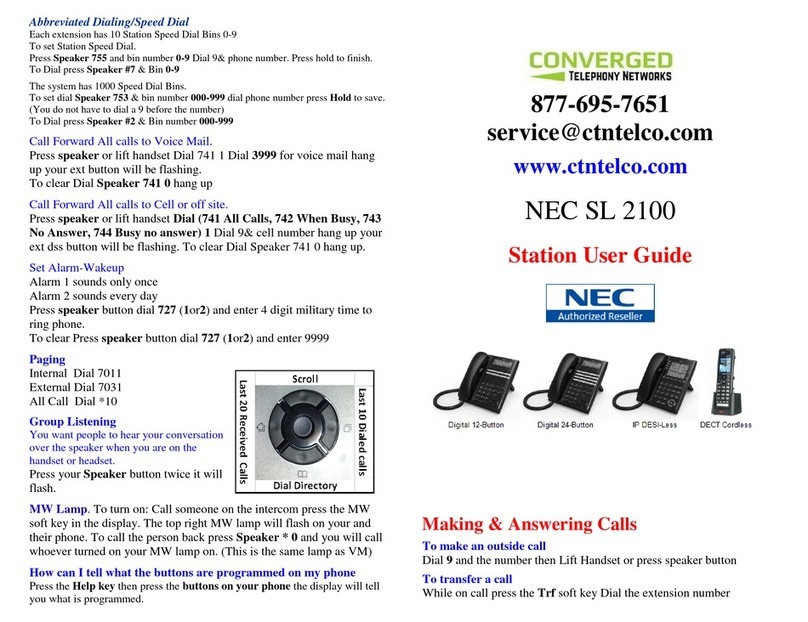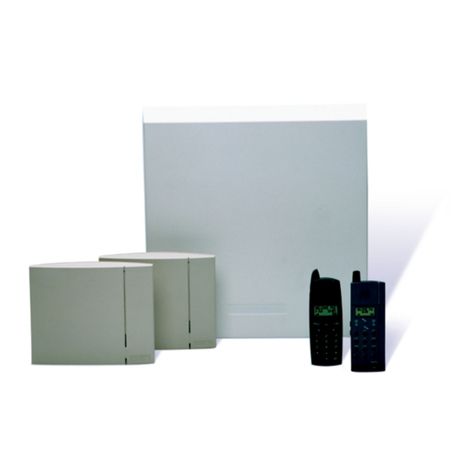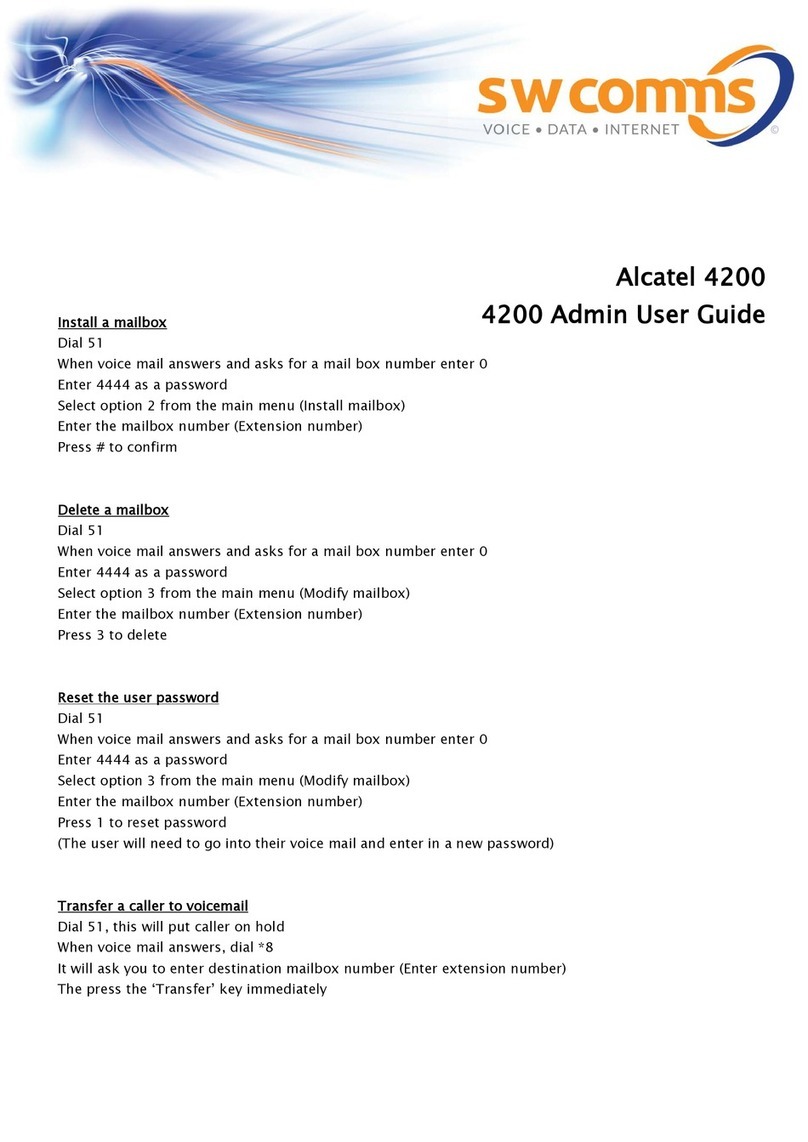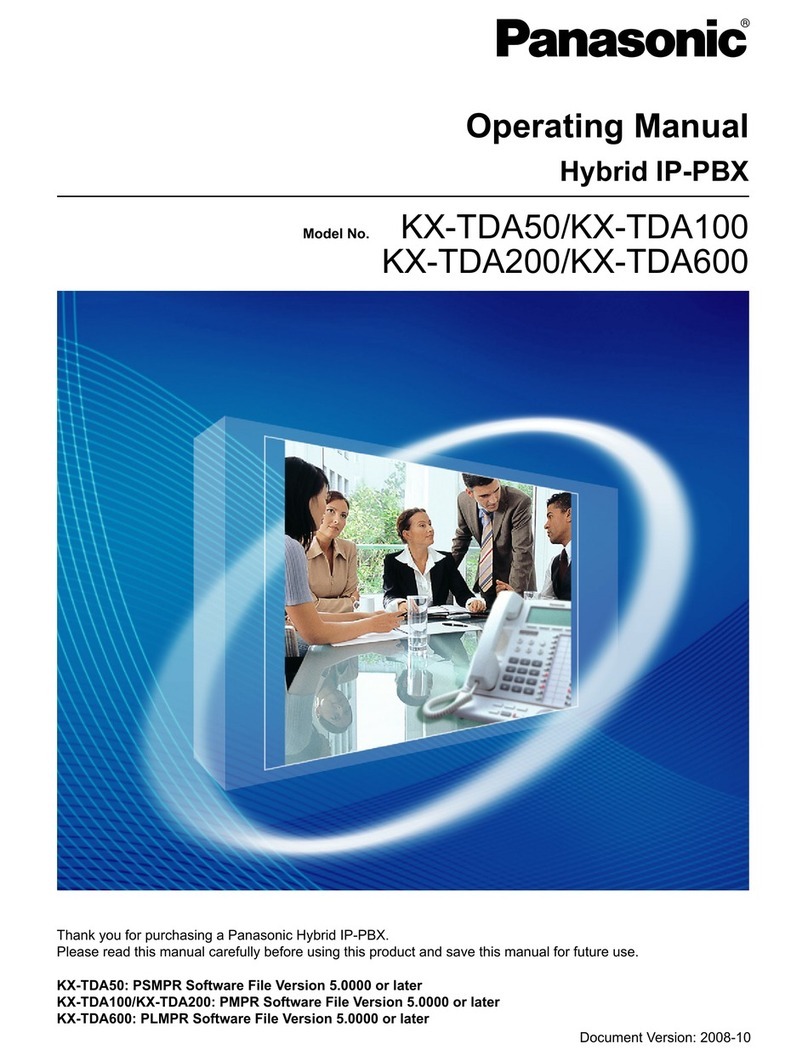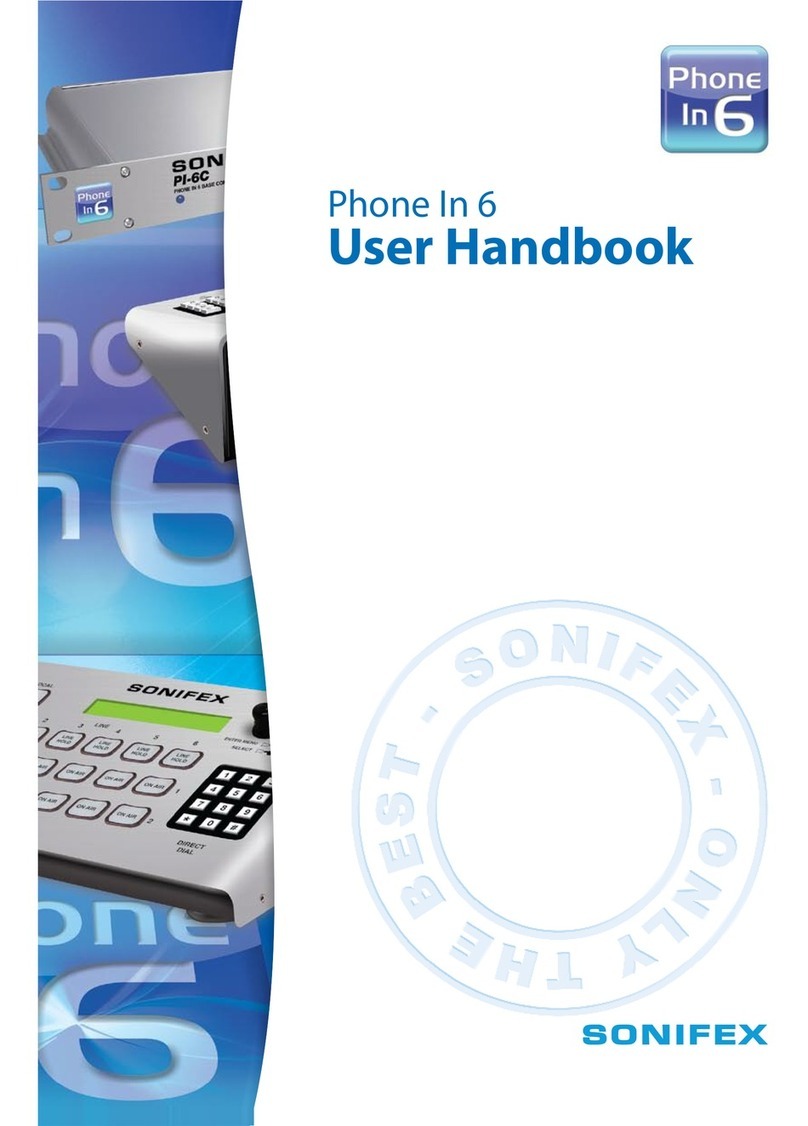
1-1
1
nanoSwitch Installation Guide General Information
nanoSwitch Telephone Exchange is a fully digital telephone system designed to meet the current
and planned future requirements of all internal and external telephone calls made on-board ship.
nanoSwitch system incorporates state of the art digital technology for command processing
and voice switching, using Pulse Code Modulation/ Time Division Multiplexing (PCM/TDM)
distributed switching matrix.
nanoSwitch is able to be bulkhead or rack mounted by turning the supplied brackets through 90
degrees.
The system architecture has been designed to allow a high level of software control over the
system’s hardware. The software has a large range of features and capabilities including Call
diversions and pickups, voice prompting etc
All of the features can be controlled at extension, group and user levels.
nanoSwitch has extra features for the marine environment including:
Ø External shore line, SATCOM, cellular and Public Address access
Ø AC and DC operation
Ø Priority intrusion
Ø Direct dial in and out with voice prompting (DISA)
Ø Voice prompting for features
Ø Modular construction
nanoSwitch supports up to 48 extensions for internal telephones, 6 external connections, 1 Public
Address interface and 2 uncommitted relays.
The exchange conguration (database) is held on an internal small ash card. The facilities within
the exchange can be changed to suit individual requirements using a Windows™ computer.
Programming is via USB on the processor board or via a network connection. Conguration and
log les can also be transferred to and from a PC using a small MMC card.
The exchange is requires an AC (90-260Vac) or DC (24V +/- 20%) power supply.
Every telephone and tie line can be individually congured to meet customer’s specic
requirements. Using a telephone equipped for Calling Line Indication (CLI) the caller’s telephone
number can be displayed on the receiver’s telephone unit.
The exchange is pre-programmed to provide specic features for 2 classes of extensions.
When connected to external lines, incoming calls are directed to a pre-specied extension.
Outgoing calls are enabled for Class A phones and can be dialled directly by prexing the
telephone number with a specic code.
Call-logging facilities are provided by the exchange to enable all internal, outgoing and incoming
calls to be logged. The information logged includes the source extension, user name, number
dialled and duration of the call. Output is through an RS232 serial interface for a printer.
The system uses -48V bias on telephone lines giving superior performance over 24V systems.
The volume on telephones can also be set electronically under engineering control to ensure
clarity in reception.
By adding or replacing plug-in modules, users can carry out future expansion and servicing of
the exchange. To assist with maintenance and fault nding, either the front LCD display or an PC
can be used.
